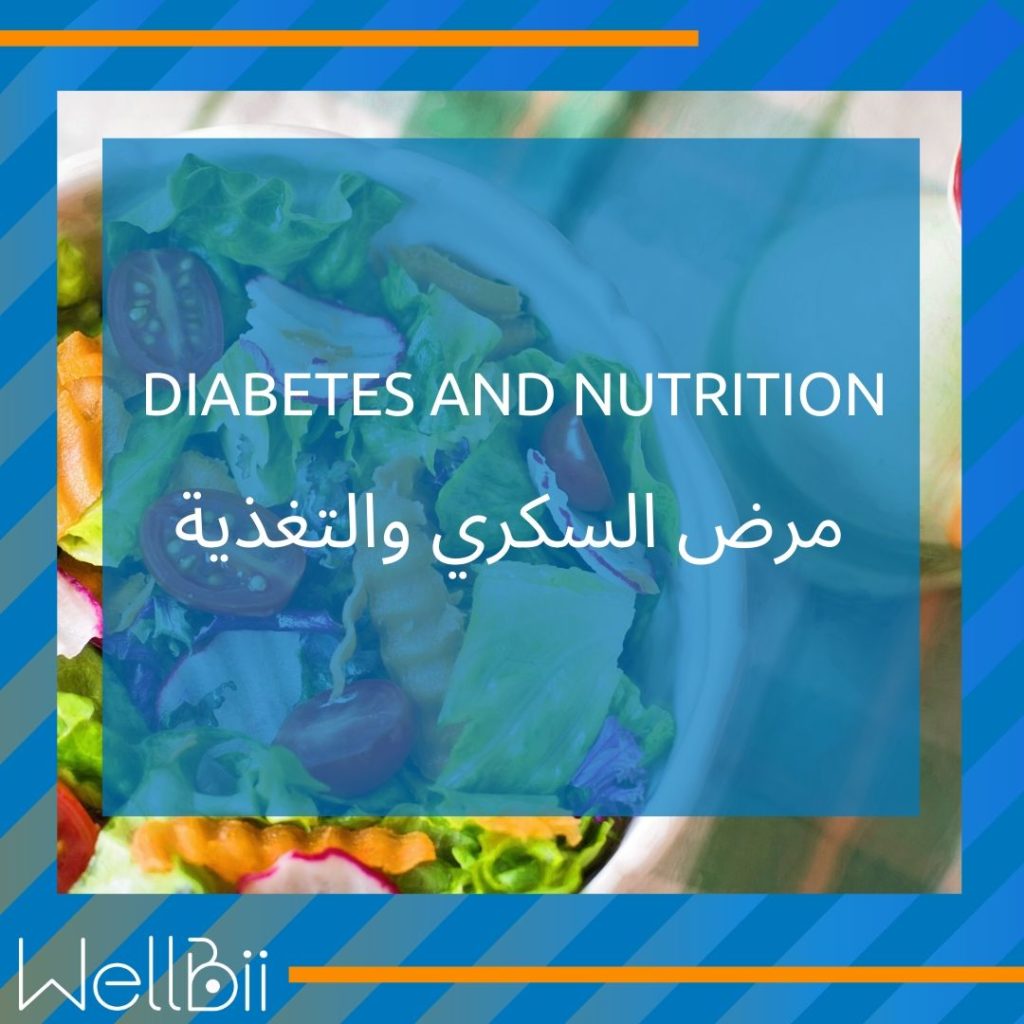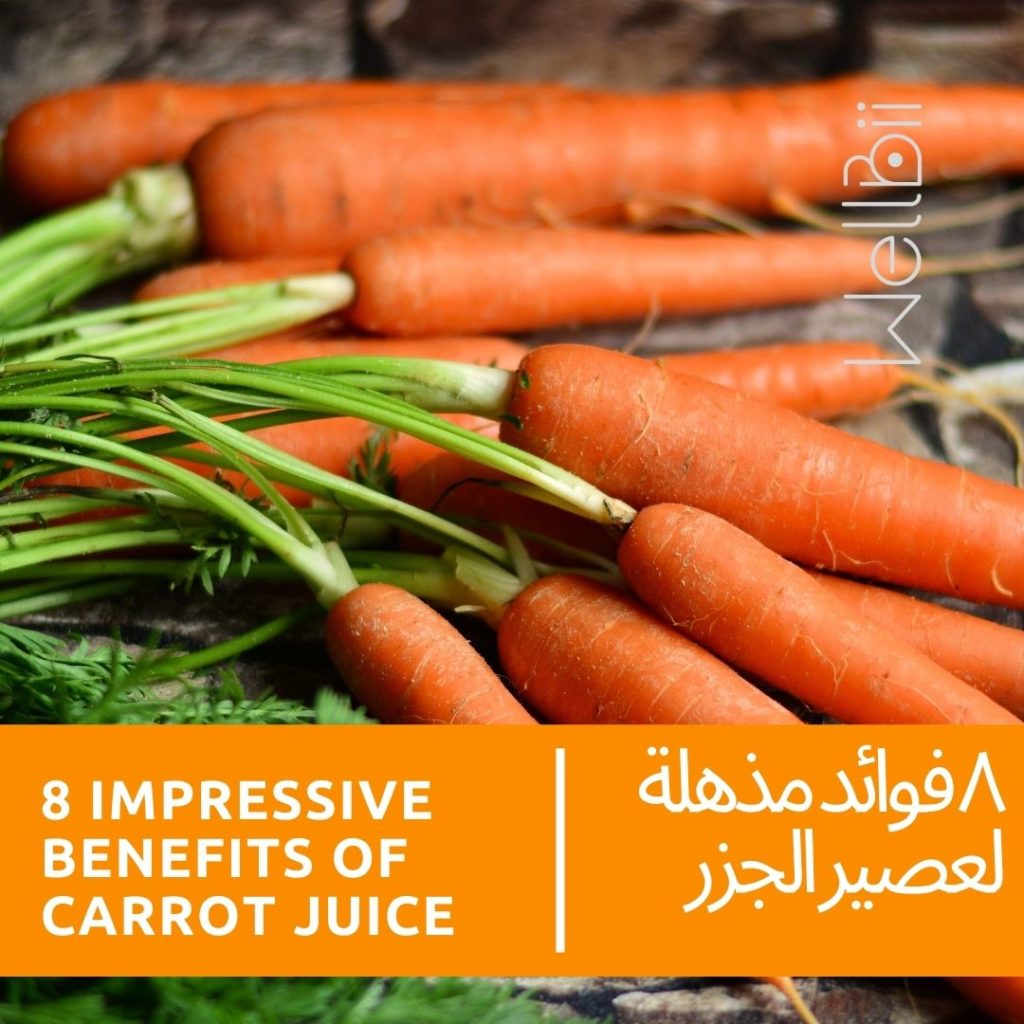Diabetes and nutrition

Dealing with diabetes means managing your blood sugar level. The proper food choices will help you manage your blood sugar level.
1- Do I need to follow a special diet?
A meal plan is a guide that tells you what sorts of food to eat at meals and for snacks. A healthy diet includes:
40% to 60% of calories from carbohydrates.
20% calories from protein.
30% or fewer calories from fat.
2- Can I eat any sugar?
Sure. As long as it is part of a balanced diet. simply be cautious about how much sugar you consume.
3- What kinds of foods can I eat?
a)2 to 5 alternatives (or up to 60 grams) of carbohydrates. They are found in fruits, vegetables, beans, dairy foods, and starchy foods consisting of breads.
b)1 choice of protein. It is found in meat, chicken, fish, dairy merchandise, beans, and some vegetables. try to eat chicken and fish more frequently than red meat.
c)Add fat to food. Fat is also in many dairy and meat products. You can usually find it in butter, margarine, lard, and oils.
4- What is the exchange list?
To add variety to your diet, you can substitute certain foods for other foods within the same group. For example, you can have 1 small or medium piece of fresh fruit or alternate it for a half cup of fruit juice, or canned or chopped fruit.
5- Things to consider.
Poor diabetes management through the years can cause kidney disease and heart disease. It also can harm your eyes and nerves. It can cause pores and skin tissue problems, particularly on your feet and legs. But, the best manner to manage diabetes is through food plan, workout, and occasionally medication.
6- When to see a doctor?
Some symptoms of uncontrolled excessive blood sugar include:
-Unexplained weight loss.
-Dizziness or being light-headed.
-You feel anxious for no purpose.
-Nausea
You can read more about this topic, here. And you can even explore classes about it, here.






Responses